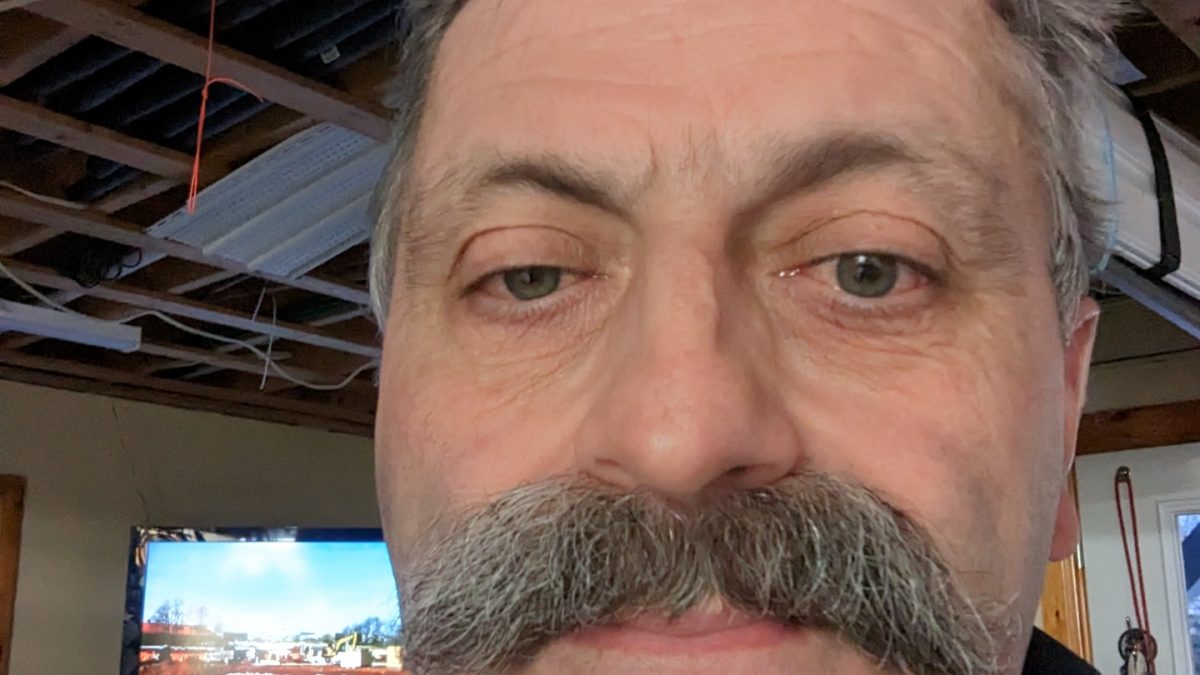Kens Life With Cluster Headaches -The Importance of Knowledgeable Support
Ken, now 63 years old, has decided to share his story of the debilitating lifelong impacts of his cluster headaches. For the past 20 years, Ken has experienced attacks with little answers or solutions to his pain. His condition is episodic and the duration of his attacks differs from one attack to another. When the attacks began, Ken’s headaches were only experienced once a year. Since then, his longest attack lasted 2 years. His most recent attack lasted 7 weeks.
Working to Understand his Condition
Ken describes his pain as similar to what someone feels when eating something cold and getting a “brain freeze.” The pain is sharp, in his temple or forehead, behind his right eye. In detail, Ken explains that his headaches feel like a “flip of a switch,” with a sudden onset of pain on the right side of his head. His cluster headaches only start at night, which impacts his ability to fall and remain asleep.
Working to Understand the Triggers
As the severity of his headaches is not linear, Ken records his attacks on a scale of Bad, Very Bad, Very Very Bad, and Very Very Very Bad. Through the use of this scale, Ken strives to build a correlation between the attacks to identify possible triggers and from there, identify potential solutions. Unfortunately, he has not been successful in determining any links.
Impacts of his Cluster Headaches: Barriers
Cluster headaches have significantly impacted Ken’s personal life- his relationships and his employment. The severity of his attacks is extreme, and he is unable to be around anyone during an attack. His relationship with his wife and friends has been impacted because he has had to cancel plans with loved ones. Although Ken is currently retired, when he was employed his flare-ups at night meant that he wasn’t able to sleep, which impacted his productivity at his job.
Ken believes his support gaps are due to the inaccessibility of the healthcare system and the lack of understanding his physician has for cluster headaches. Ken noted that his doctor has offered little support, with the only treatment recommendations resulting in intolerable side effects. Ken feels alone and solely responsible to do his own research to understand his condition. He believes that because physicians do not understand the severity of cluster headaches, they do not place any urgency on providing support. He has been waiting months to get confirmation of a CAT Scan, and because he is currently experiencing a flare-up, feels the urgency to get the scan now or otherwise miss the opportunity to better understand his condition. Once this flare-up ends, it cannot be predicted when it will happen again, and will be unlikely that the scan will coincide with the next episode.
Current forms of Support: Medications, Treatments and Coping Mechanisms
Despite the lack of support, Ken has worked hard to understand his condition. He has tried multiple forms of medication, treatments and coping mechanisms. Over the last 20 years of living with his condition, Ken has found only one medication that has worked for him. This is oxygen therapy. When he feels an attack, Ken uses his machine. In his case, he uses two oxygen tanks combined (20L) for 10-20 minutes to feel better. Ken stresses the immediate relief and that oxygen therapy reduces the duration of his attacks, allowing him a brief sense of relief and the ability to sleep. As Ken is unable to stay still during these attacks, another coping mechanism he has is to rock back and forth, rubbing the sides of his head. This has also been effective in relieving some of the pain he experiences.
Ken’s Note to You
In working towards overcoming these attacks, Ken stresses the support of oxygen therapy and urges individuals experiencing cluster headaches to look into using this as a treatment option. Ken believes there needs to be more research on cluster headaches. This is important for both individuals experiencing cluster headaches and the healthcare system to become more knowledgeable on the impacts of this condition, how to support individuals experiencing these attacks, and effective treatment options.

Sharing your voice can help you and others in the migraine community find support and a path to improvement.
Categories
THE MIGRAINE TREE
- BRANCHES
- ACUTE TREATMENTS
- DEVICES AND NEUROMULATIOIN
- PREVENTIVE TREATMENTS
- PROCEDURES AND INJECTIONS
- SELF-CARE AND LIFESTYLE
- SOCIAL LIFE
- TRUNK
- ROOTS
OTHER CATEGORIES



